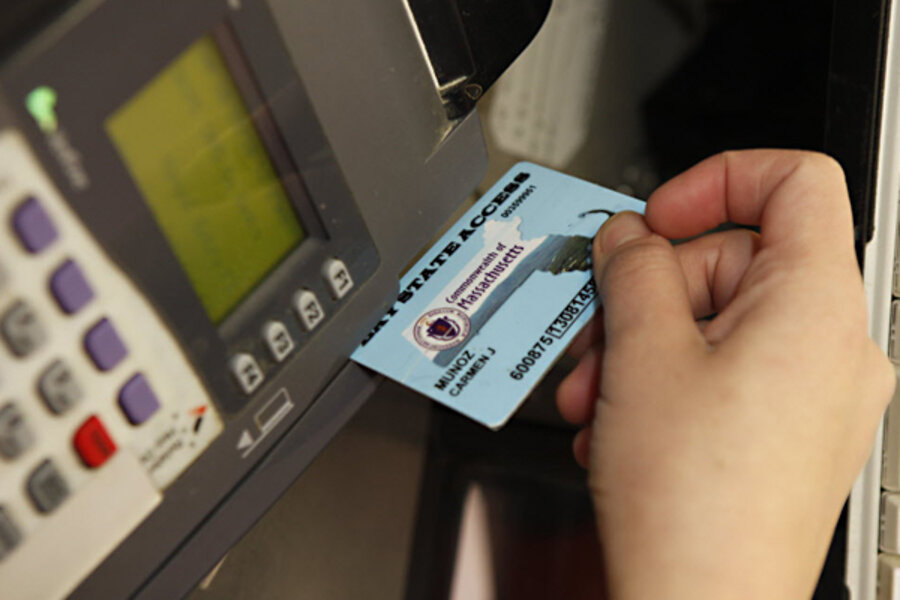What tax credits can do for low-income families
Loading...
Last week, the Census released the official poverty numbers for 2010. The proportion of people in poverty (15.1 percent) reached its second highest point since 1965, and the proportion of people living in deep poverty (half the poverty level) was the highest level since 1975 – 6.7 percent. The poverty line equaled $17,568 for a single parent with two children. The official income counted to determine poverty is money income before taxes and tax credits. It excludes capital gains and non-cash benefits (so Temporary Assistance for Needy Families counts, but food stamps don’t).
For some families, tax credits boost income significantly. In 2010, the biggest credits were the Earned Income Tax Credit (EITC), Child Tax Credit (CTC), and the Making Work Pay credit (MWP). The first two assist families with children almost exclusively. Individuals without children get only about 3 percent of EITC benefits and they get nothing from the CTC. In contrast, MWP provided benefits to all workers and their spouses, regardless of whether or not they have children, but it expired at the end of 2010. In 2011, MWP was replaced with a payroll tax cut that is scheduled to expire at the end of 2011, but President Obama has proposed expanding it and extending it.
Although tax credits encourage work and subsidize low wages for families with children, they do little for low-income childless families. In 2010, a single parent with two children with poverty level earnings received a 41-percent income boost ($4,800 EITC, $2,000 CTC, and $400 MWP). At half-poverty, the subsidy jumps to 54 percent ($3,500 EITC, $868 CTC, and $400 MWP). If these credits were counted in the official poverty estimate, they would lift many working families out of poverty – and we ought to protect that piece of the social safety net now.
But today’s tax credits don’t give full benefits to all poor households. Individuals must have earnings—sometimes substantial earnings—to benefit from any of these credits. Families must have at least $3,000 of earnings to get the CTC, for example, and a family with two children doesn’t receive its full $2,000 child credit until earnings exceed $16,333. Phasing the CTC in from the first dollar of earnings—as the EITC and MWP do—would give a $1,318 CTC to a family earning just $8,784 (the threshold for a family of 3 in deep poverty). Alternatively, a higher phase-in rate would deliver the full credit at lower earnings level. In any case, none of the three tax credits provides benefits to individuals who are not working.
In budget talks, policy makers must not only protect the low-income assistance now offered through the tax system, but must also make sure there’s not a gaping hole at the bottom, like what we now have for childless individuals. The Super Committee should be motivated by these continued high poverty rates and use this opportunity to provide a sufficient safety net for everyone.





